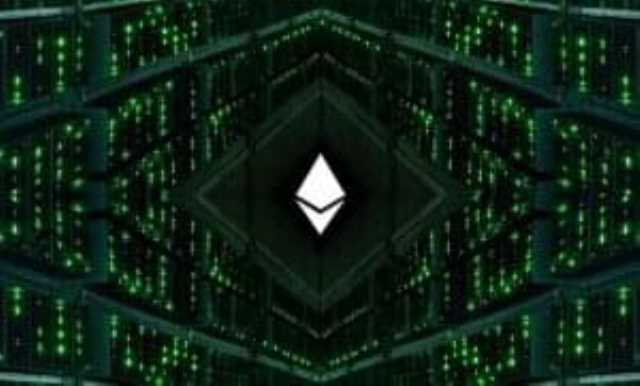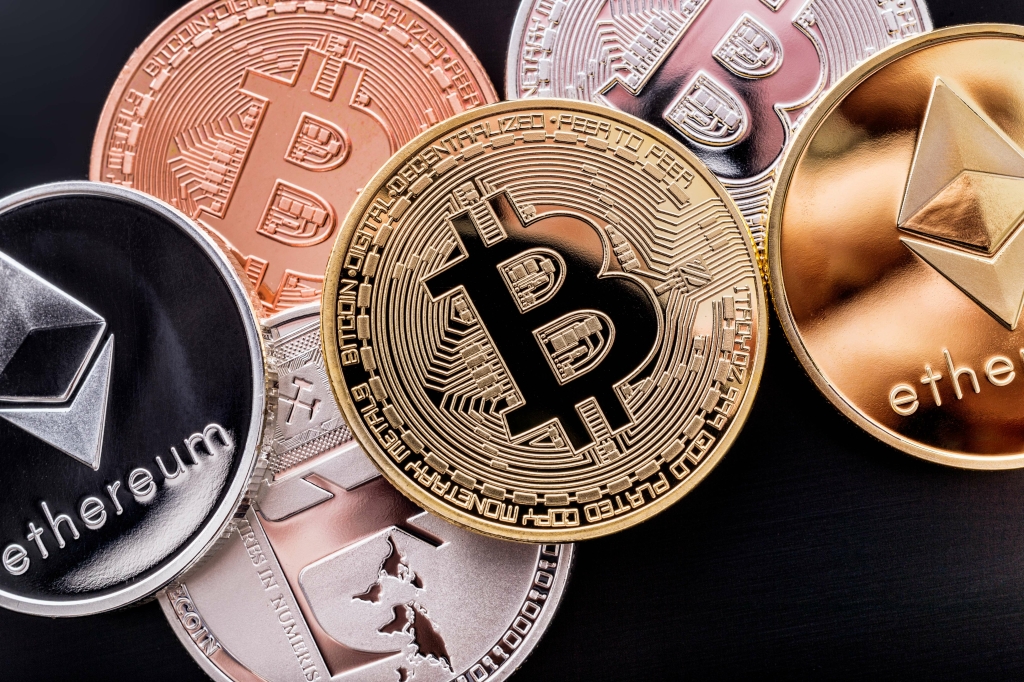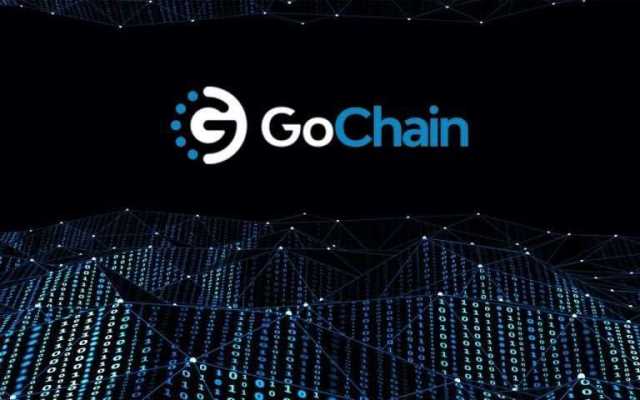
Read on to learn more about the cryptocurrency that started it all—the history behind it, how to mine it, buy it, and what it can be used for. Bitcoin was introduced to the public in 2009 by an anonymous developer or group of developers using the name Satoshi Nakamoto. It has since become the most well-known and largest cryptocurrency in the world. Its popularity has inspired the development of many other cryptocurrencies. Bitcoin mining is usually a large-scale commercial affair done by companies using data centers with purpose-built servers.
Understanding Bitcoin

Note that it is possible to pay no or low transaction fees, but that significantly lowers the chance for the transaction to be included in the next block. Every 210,000 blocks, or roughly every four years, the Bitcoin mining reward halves. In 2012, it was halved to 25 BTC, and halved again in 2016 to 12.5 BTC. In 2020, the block reward halved again, to 6.25 BTC, and in April 2024, it halved to its current 3.125 BTC. This massive computational effort consumes a significant amount of electricity, which has raised concerns about the environmental impact of Bitcoin mining. However, miners often seek out locations with cheap and abundant electricity to maximise their profitability, sometimes using renewable energy sources to offset environmental concerns.

Hashing Power (or Hash Rate)
When Bitcoin was first launched, the reward for every block mined started at 50 Bitcoins. To date, three halving events have taken place, and the block reward went from 50 from 2009, 25 from 2012, 12.5 from 2016, to the current 6.25 BTC from 2020. Compared https://www.tokenexus.com/ to traditional fiat currencies, assets can be transferred faster on the bitcoin network. Plus, all the information is available on a public ledger, so anyone can view the transactions. The goal of every miner in the network is to solve this puzzle first.
- While Bitcoin ATMs (BTMs) offer a convenient and accessible way to transact in cryptocurrencies, they also come with inherent risks and disadvantages that users should be aware of.
- Bitcoin mining refers to the process where a global network of computers running the Bitcoin code work to ensure that transactions are legitimate and added correctly to the cryptocurrency’s blockchain.
- This information, known as transaction (and sometimes abbreviated as “ tx”) is broadcast to as many Full Nodes as connect with Green’s wallet – typically 8.
- More specifically, a mining node is responsible for collecting unconfirmed transactions from the memory pool and assembling them into a candidate block.
- But even if you join a pool, you’re unlikely to get much without an ASIC.
- Although most Bitcoin miners tend to set up their own hardware and work together with a mining pool, it’s not the only way to get involved.
Benefits of Using a Bitcoin ATM
Bitcoin hash rate measures the computational power that miners employ to validate and process transactions on the Bitcoin network. It is quantified by the number of calculations that mining equipment can execute per second. A hash is an alphanumeric code generated randomly, and hashing involves the process of attempting to guess this code. Even though the hashrate of Bitcoin changes frequently, questions like “what is the hash rate of bitcoin?

What are Hashing Algorithms and SHA-256?

While some of the top cryptocurrency exchanges are, indeed, based in the United States (i.e. KuCoin or Kraken), there are other very well-known industry leaders that are located all over How does Bitcoin mining work the world. For example, Binance is based in Tokyo, Japan, while Bittrex is located in Liechtenstein. If you join a mining pool, remember to also think about mining pool fees — 1-3%.
- ASICs are many orders of magnitude more powerful than CPUs or GPUs.
- Per professional style standards, Bitcoin is spelled with a capital « B » when referring to the cryptocurrency as a concept and as a network.
- In order to help smaller-scale miners compete, some groups have formed, known as mining pools.
- So when Jamie Dimon, CEO of Chase, denigrates Bitcoin(4), just remember that many of his friends at the big banks are loading up on these stocks themselves.
- Bitcoin ATMs often impose transaction limits to comply with anti-money laundering (AML) regulations.
What Is Hash Rate and Why Does It Matter?
- You can generally find a new one for around $10,000, but used ones are also sold by miners as they upgrade their systems.
- Past performance is not a guarantee or predictor of future performance.
- Depending on the number of miners in the network, the difficulty of mining new blocks may increase or decrease.
- The only way to reverse Bitcoin transactions is to have more than 51% of the network hash power.
- Some of the popular Bitcoin mining software includes GMiners, Shamining, and BTCMiner.
- There are three types of Bitcoin wallets — web wallets, software wallets and hardware wallets.